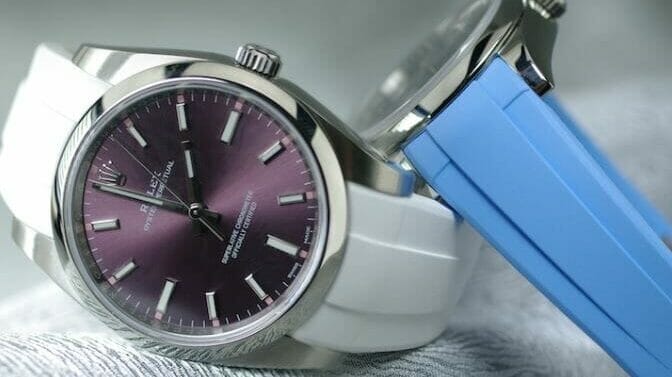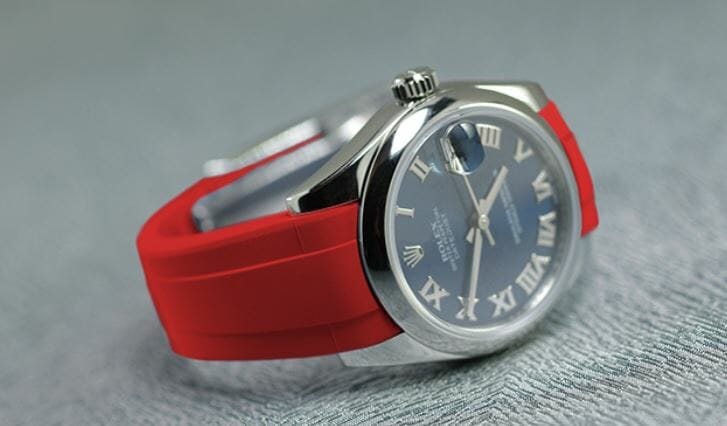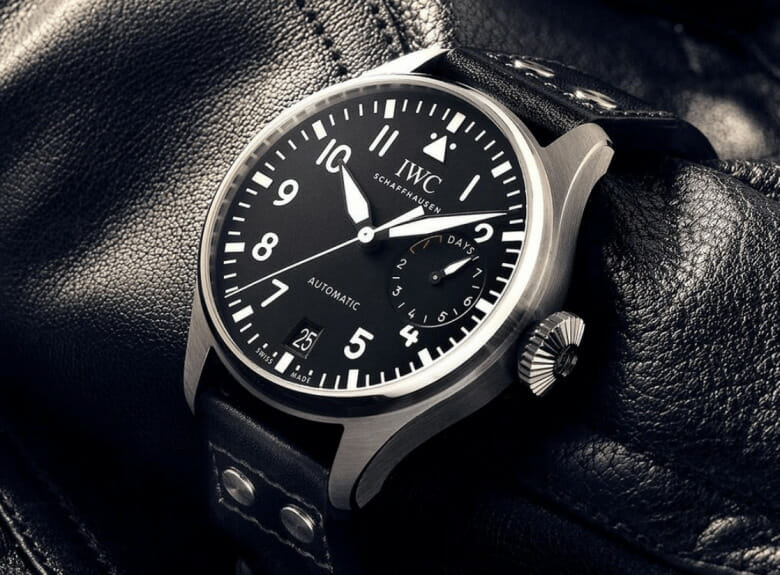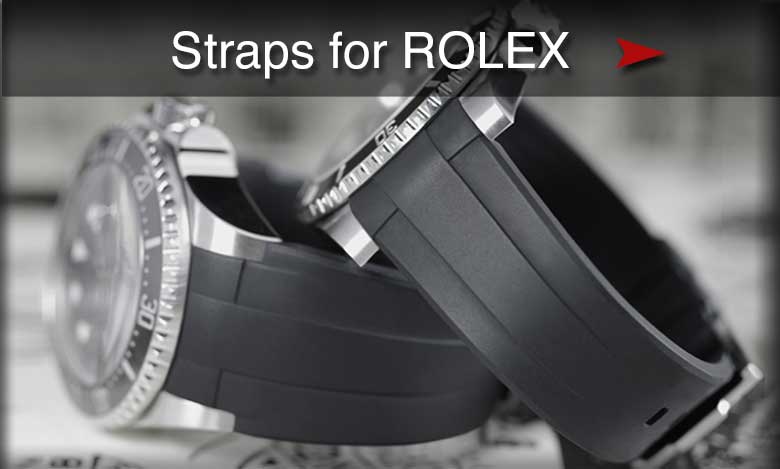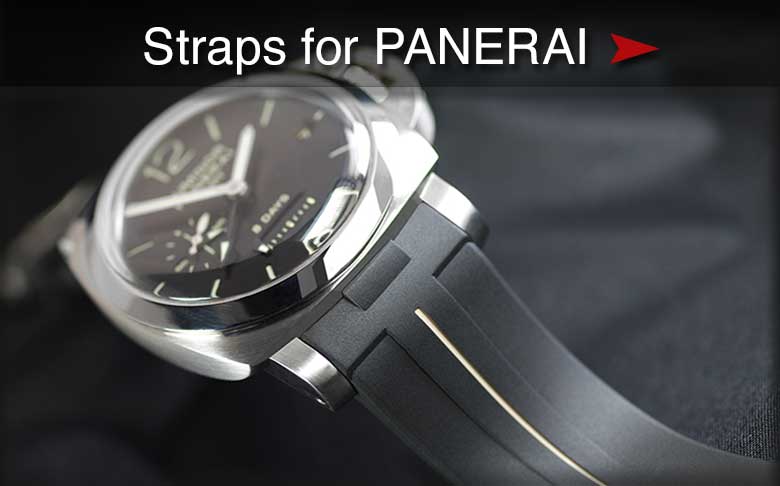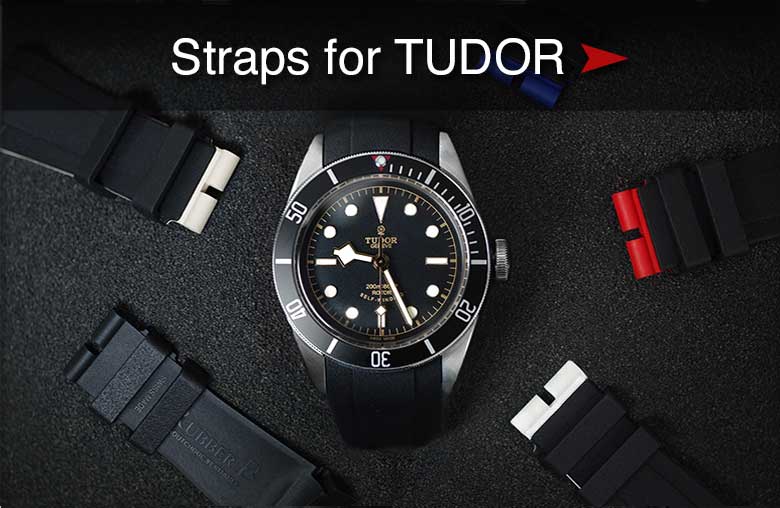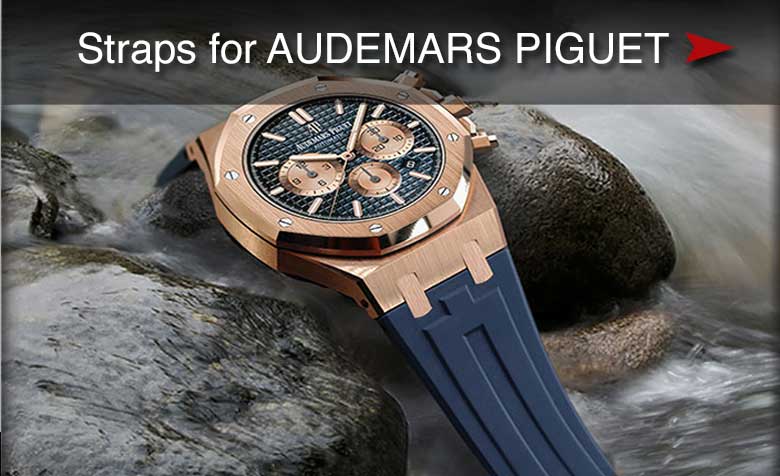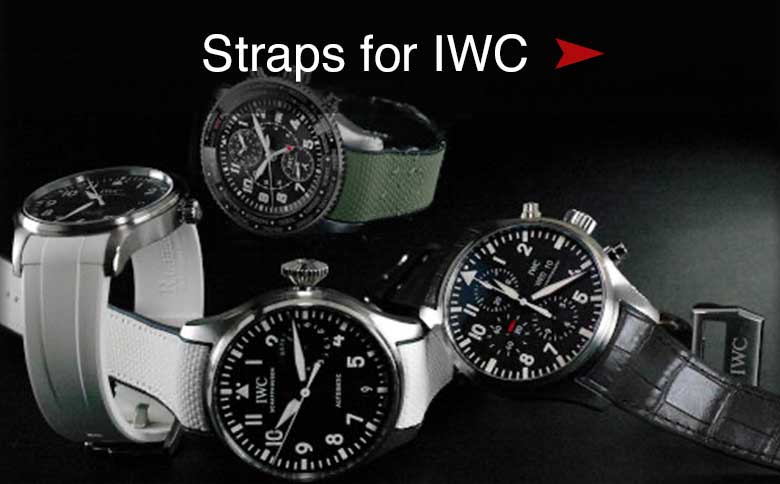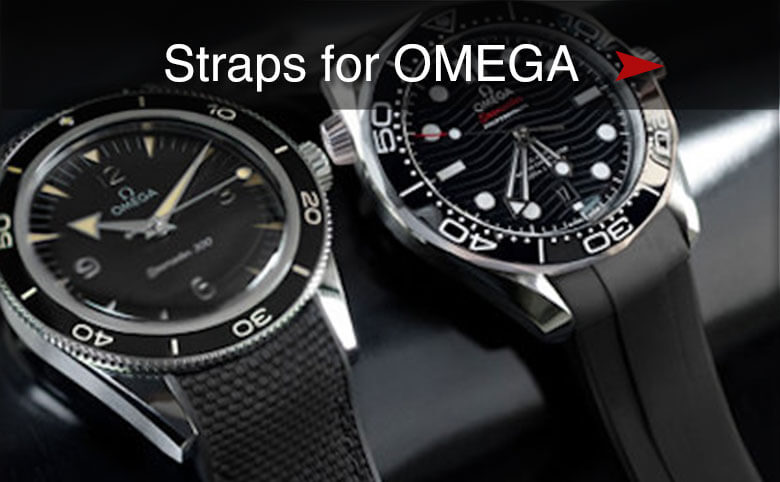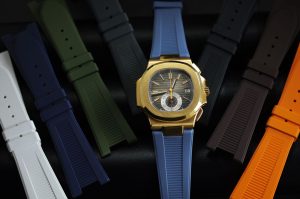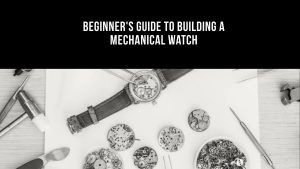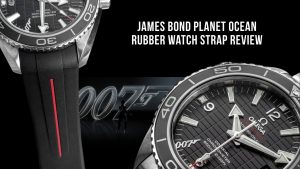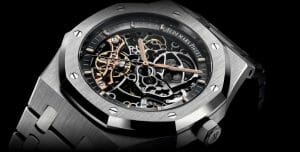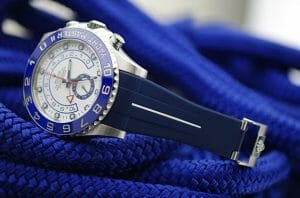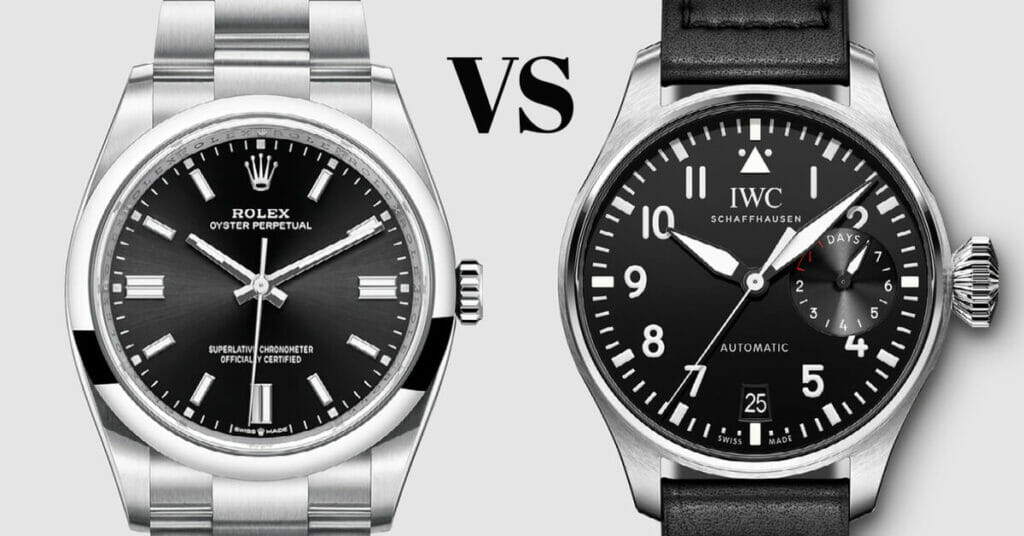
As one of the more eminent crafters of custom rubber watch straps, Rubber B enjoys using its position within the horology community to help people learn more about the world of horology and the various craftspeople who make these beloved timepieces. Recently, we have been running an ongoing series where we compare and contrast timepieces from two of the more well-known watchmakers in the world: Rolex and IWC.
For this particular entry, we are focusing on two product lines that are well-known flagship products for their respective companies: the Rolex Oyster Perpetual and the IWC Pilot. Both of these watches have been on the market for decades and are immediately recognizable to collectors, so we thought it would be beneficial to examine these watches more closely from a technical and design standpoint, as well as looking more closely at which of these watches retain their value over the long term. If you are considering purchasing either one of these timepieces, this information will hopefully assist you in making a more informed decision.
What Do You Need to Know About the Rolex Oyster Perpetual?
Before we go into the technical specifications and design style of the Rolex Oyster Perpetual, it is helpful to have a little background information to provide some historical context about this timepiece. Rolex’s Oyster case is, indeed, perpetual – or at least it feels that way. It was first seen in 1926 as the case on the world’s first waterproof watch, the original Rolex Oyster. Rolex undertook a significant advertising campaign to let consumers around the world know that they had finally perfected a waterproof timepiece, including full-out aquatic demonstrations that showed the watch was still in excellent condition after being submerged for a significant period of time.
As one of the more recent entries in this product line, the Rolex Oyster Perpetual places a significant amount of emphasis on legacy – a fact firmly reflected in every facet of this watch, up to and including its name. And while its spirit may be rooted in the vintage, this timepiece is firmly rooted in the modern era when it comes to its technical specifications and style.
One of the most immediately recognizable things about the Rolex Oyster Perpetual is the size of the casing. While this watch was only previously available in 34 and 36 mm sizes, the Rolex Oyster Perpetual marks the first time that an Oyster Perpetual is available in a larger size – in this case, it measures 39 mm. People have certainly grown larger over the last couple of decades, so it makes complete sense that Rolex would have taken this into account.
In terms of the movement, this watch is powered by the Calibre 3132, which, like all of Rolex’s movements, is manufactured in-house. While it is certainly not Rolex’s most complicated movement, the Parachrom hairspring, along with the Paraflex shock protection system and the 48-hour power reserve, ensure that this is a reliable timepiece that will continue to work for years to come if properly cared for.
In terms of how it looks, the Rolex Oyster Perpetual is all about balance and efficiency – in other words, it is equally at home in a formal environment or when you’re relaxing on the weekends. And with a price between $5,500 and $7,000 on the gray market, this is an excellent entry-level timepiece for those who may be thinking about purchasing their first Rolex.
What Do You Need to Know About the IWC Pilot?
The IWC Pilot is also a product line that has a lot of significant history behind it. IWC is well-known for producing pilot’s watches, as it has been something they have been doing for decades. The first IWC Pilot’s watch was produced in 1936 and was the first wristwatch to be specially designed for the rigors of aviation. It was designed to resist sudden temperature changes and other issues that could cause a watch to malfunction at high altitudes.
The design and aesthetic of the modern IWC Pilot watch certainly reflect the timepiece’s origins while firmly bringing it into the 21st century. In terms of its size, the stainless steel case measures 39 mm in diameter and 10.8 mm in height, which places it firmly in the category of medium-sized luxury sports watches. While this is not true of all IWC Pilot watches, the newer models of these watches run off of the 32110 Calibre movement. This is notable because it is an in-house manufactured movement, and IWC has only been manufacturing its own movements for a few years.
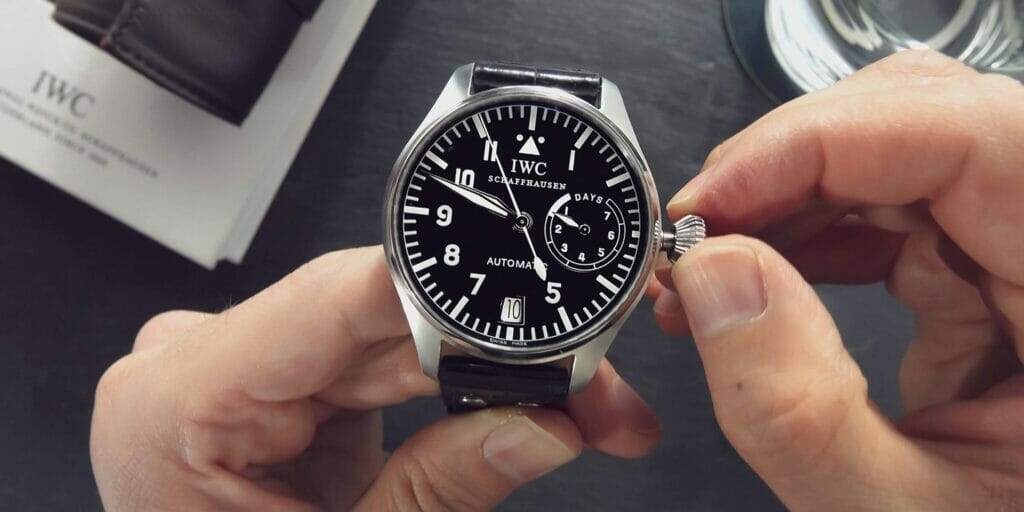
In terms of how these watches look, their aesthetic often reflects their origins from the early 1930’s and 1940’s. With a price point of around $4,500 on the gray market, an IWC pilot makes a great entry-level piece for those who are interested in purchasing a luxury timepiece and are looking for an alternative to Rolex.
How Do The Rolex Oyster Perpetual and IWC Pilot Fare in Terms of Value Retention?
In terms of value retention, the IWC Pilot timepieces fare a little bit better in this particular area. This is in no way a reflection of the quality of the timepieces themselves, but has more to do with the fact that the Rolex timepiece costs more, and therefore has more value to depreciate in the first place.

Are You In Need of a Custom Rubber Watch Strap For Your Luxury Timepiece? Visit Rubber B Today
If you are interested in purchasing a custom rubber watch band for your Rolex or IWC timepiece, Rubber B has a wide variety of color schemes, styles, and patterns to choose from. If you are interested in learning more about our complete product catalog, simply visit our website today.
Follow us on instagram
